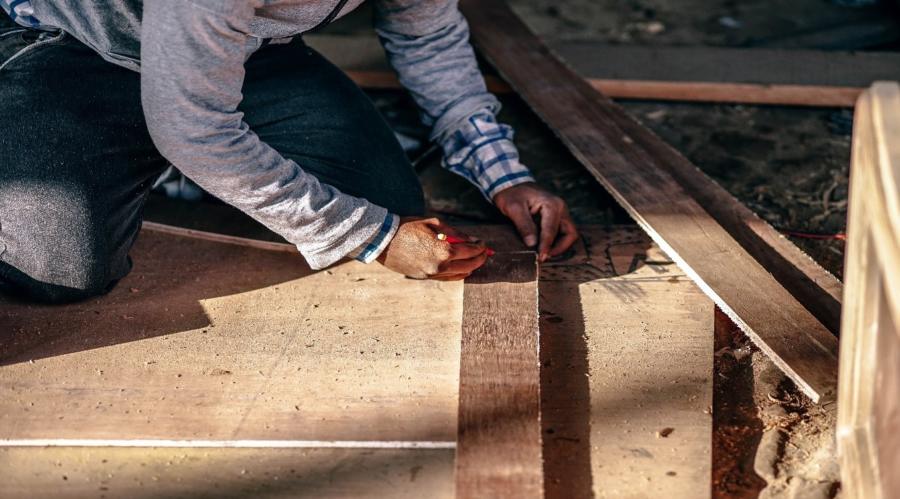
- The Houston metropolitan area, according to an analysis of federal employment data by the Associated General Contractors of America, created 25,600 construction jobs — the largest number recorded out of 358 U.S. metros and a 12% increase — from October 2017 through October 2018.
- The construction industries in the Phoenix (16,700 jobs; 14%), Dallas (13,200; 9%) and Orlando (11,700; 16%) metro areas generated the next-highest number of construction jobs, while Midland, Texas (7,200; 25%), and New Bedford, Massachusetts (600; 22%), had the largest percentage increases. Seventy-eight percent, or 280, of the metro areas AGC tracks saw construction job growth, while 43 saw a decline and 34 stayed the same. The Middlesex-Monmouth-Ocean, New Jersey, metro had the greatest decline of 3,900 jobs, a 10% loss.
- The number of construction job openings at the end of September 2018 rose 55% to the highest level in 18 years, noted AGC chief economist Ken Simonson in the report, and construction unemployment last month fell to an 18-year low of 3.6%. Association officials said the lack of skilled labor could threaten future gains and called on federal and state officials to double funding for career and technical programs during the next five years and to reform immigration laws so that employers can bring in foreign workers if needed.
The value of construction projects in Houston also increased between Oct. 2017 and Oct. 2018, jumping to $3.4 billion from $1.9 billion, according to Dodge Data & Analytics. The energy and chemical sectors are a significant driver of building activity in the area.
In October, German manufacturing company Covestro announced it is planning a 1.5 billion-euro methylene diphenyl diisocyanate (MDI) plant in nearby Baytown, Texas. The facility will be able to produce 500 kilotons of MDI (which is used for polyurethane insulation and other materials) annually and will replace existing Covestro facilities on the site.
The Houston area is also recovering from last year’s Hurricane Harvey, which devastated commercial and residential properties with record flooding. Harvey caused an estimated $125 billion of damage, and the demand for construction services remains high. In an effort to prevent damage from future storms, Texas officials and the Army Corps of Engineers are developing a $23 billion to $32 billion plan for a “coastal spine” system of flood protection and draining infrastructure to protect the Texas Gulf Coast.
The coastal protection project will get more than $2 billion of federal money, as part of the almost $6 billion in water infrastructure projects outlined in America’s Water Infrastructure Act of 2018 that President Donald Trump authorized in October.
Source: Construction Dive






